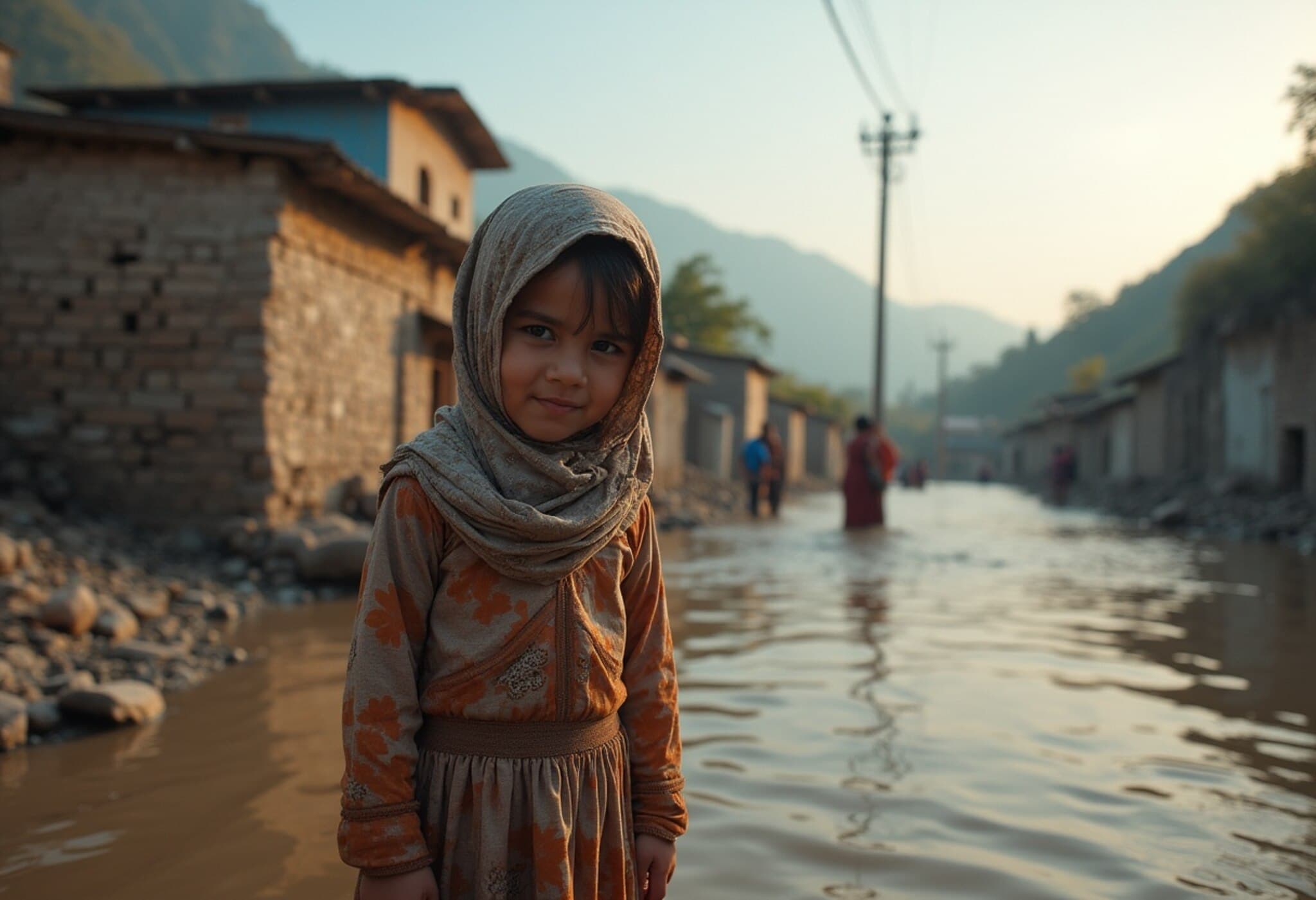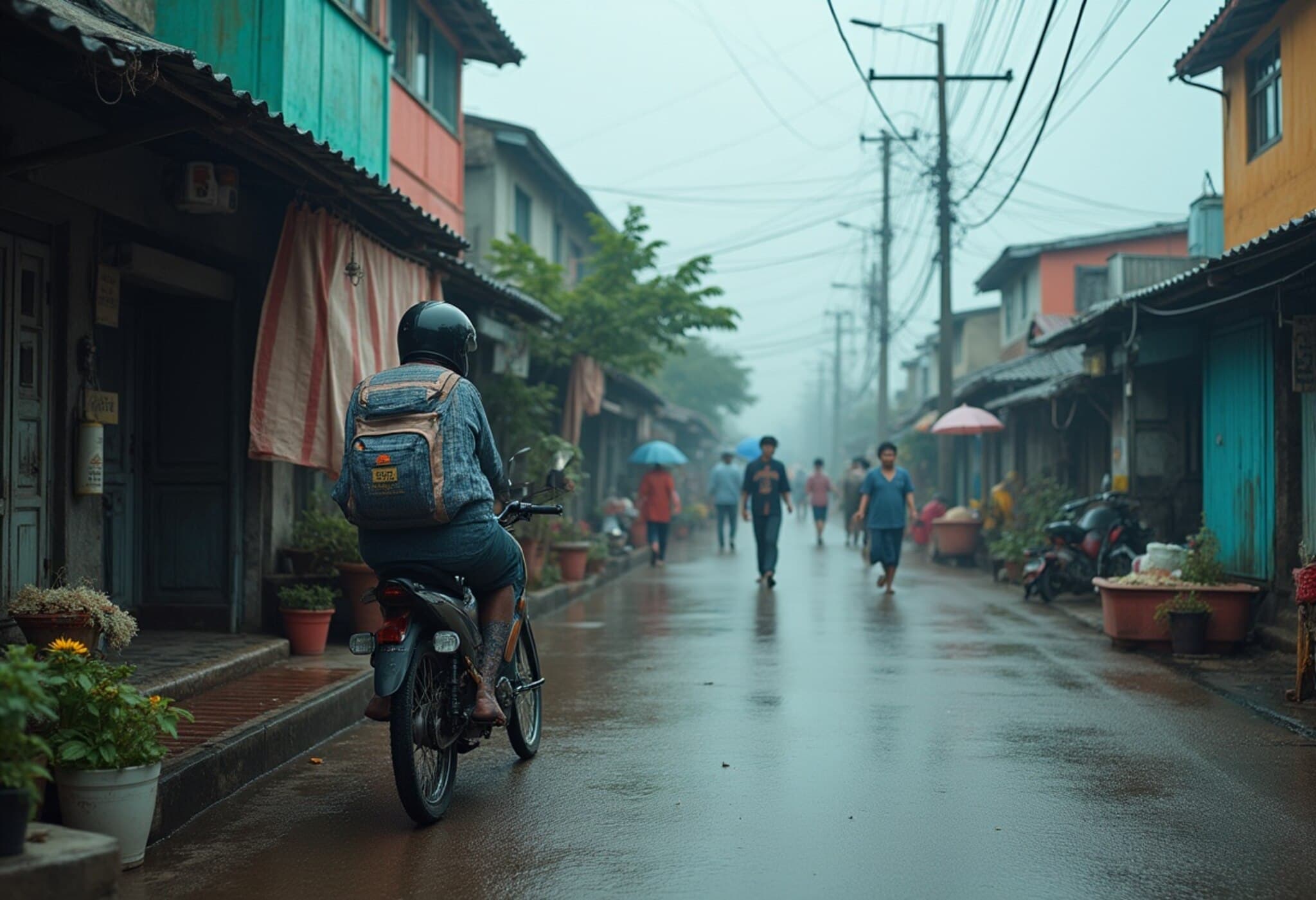Typhoon Wipha Disrupts Airports and Infrastructure in Southern China
Typhoon Wipha intensified into a severe weather event on Sunday, forcing major flight cancellations and public safety measures across Hong Kong, Shenzhen, Zhuhai, and surrounding regions. With its eye skimming just south of Hong Kong around midday, the storm brought sustained winds reaching 140 kilometers per hour (87 mph), pushing the Hong Kong Observatory to issue its highest alert – the No. 10 hurricane signal.
Flight and Transportation Chaos
All daytime flights at key airports including Hong Kong International, Shenzhen Bao'an, and Zhuhai Jinwan were either canceled or postponed according to official airport websites. Additionally, high-speed rail services faced suspensions as operators prioritized passenger safety amid deteriorating weather conditions. The disruption underscored the vulnerability of critical transport networks in typhoon-prone regions, emphasizing the immense logistical challenge of managing such natural disasters.
Community Impact and Safety Measures
Government reports indicate that over 200 residents sought refuge in designated public shelters as Wipha unleashed powerful gusts and heavy rains. Numerous fallen trees were documented, complicating emergency response efforts and local mobility. Popular local attractions such as Ocean Park in Hong Kong closed proactively to mitigate risks to visitors and staff, reflecting growing attention to disaster preparedness in urban recreational spaces.
Wipha’s Path and Regional Consequences
After brushing past the Philippine archipelago on Saturday as a tropical storm, Wipha ramped up in strength before hitting southern China. The name 'Wipha' comes from Thailand, part of the collaborative typhoon naming system across Western Pacific nations. The storm’s trajectory is poised to bring further challenges as it moves westward, expected to make landfall near Macao and Zhuhai late Sunday before continuing toward northern Vietnam within the week.
Human Toll and Broader Implications
In the Philippines, Wipha intensified seasonal monsoons that caused flash flooding and landslides. Northern Cagayan province bore the brunt, with at least one fatality reported due to floodwaters. More than 370,000 people endured the storm’s disruptive weather, and more than 43,000 individuals sought shelter to escape the floods and strong winds. Over 400 homes suffered damage, highlighting continuing vulnerabilities in housing infrastructure amid climate-driven extreme weather events.
Expert Insights: Planning for Increasing Typhoon Risks
The severity of Typhoon Wipha adds to mounting evidence that East and Southeast Asia face growing risks from increasingly intense tropical storms, a trend linked to climate change's impact on ocean temperatures and atmospheric dynamics. Experts urge governments to enhance urban resilience, improve early-warning dissemination, and invest in critical infrastructure upgrades to mitigate economic and human losses.
From a policy perspective, swift coordination among regional agencies is vital. Cross-border impacts signal the need for integrated disaster response frameworks, particularly in densely populated economic hubs like Hong Kong and the Pearl River Delta. Furthermore, the storm serves as a somber reminder about the socioeconomic disparities in vulnerable communities, many of which face recurrent displacement and damage during such crises.
What Lies Ahead?
As Wipha presses on towards Vietnam, authorities remain on high alert. Monitoring its evolution will be crucial to minimize risk, especially to agriculture, infrastructure, and public health systems already strained by previous extreme weather events this season.
Key Takeaways
- Typhoon Wipha’s rapid intensification underscores challenges in forecasting and emergency preparedness.
- Airports and transportation networks faced extensive disruptions, highlighting supply chain vulnerabilities.
- Over 43,000 people were displaced in the Philippines, with severe damage to homes and infrastructure.
- Regional cooperation remains essential for effective early warning and disaster response.
- Climate change continues to exacerbate the intensity and frequency of typhoon impacts in Asia-Pacific.
Editor’s Note
Typhoon Wipha’s recent disruption is emblematic of a larger pattern emerging across the Asia-Pacific region: powerful storms are placing unprecedented pressure on metropolitan areas and vulnerable communities alike. While governments react with emergency protocols, a longer-term lens reveals the urgent necessity for robust climate adaptation policies, resilient urban planning, and inclusive disaster risk reduction strategies. How will cities like Hong Kong balance dynamic growth with the imperative of safeguarding their populations from nature’s fiercest forces? The unfolding situation invites reflection on not just weather resilience, but social and economic equity amid a changing climate.


















